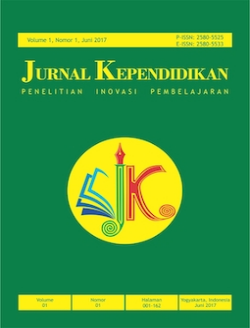A COMPARATIVE STUDY OF GURUKULA AND PONDOK PESANTREN EDUCATIONAL SYSTEM
Downloads
Abstract
This study aims at getting a description of similarities anddifferences between the traditional educational systems of gurukula and pondok pesantren, and to gain an understanding of how changing ideologies and concepts in society are molding and affecting the traditional educational systems of gurukula in India and pondok pesantren in Indonesia. This is a case study involving three gurukulasand three pondok pesantrens. The data indicate that there are some similarities and differences. The basic similarities are on: (1) the founder, leader, teacher (2) seeker of knowledge(3) place for students to stay, and (4) place for teaching nad learning. The differences are on: (1) founder's status (2)students' gender (3)lineage (4)ownership (5)tutoring (6)succession system. From the survey findings, one can conclude that the conservative school of thought which is found in both the very traditional gurukula and the very traditional pondok pesantren differs substantially in its curriculum, objectives, and methods from the more modern gurukulas and pondok pesantrens. These more conventional institutions are firmly fixed in their ideology and are not about to accept changes, at least not major changes, as adopted by both the semi-modern and modern gurukula and pondok pesantrens are more flexible and thus able to blend something of the old traditions and something of the new more modern ways.
Keywords: traditional educational systems, gurukula, pondok pesantren
Downloads
The authors submitting a manuscript to this journal agree that, if accepted for publication, copyright publishing of the submission shall be assigned to JK. However, even though the journal asks for a copyright transfer, the authors retain (or are granted back) significant scholarly rights.
The copyright form should be signed originally and sent to the Editorial Office through email to jk@uny.ac.id
Download HERE

Jurnal Kependidikan by http://journal.uny.ac.id/index.php/jk is licensed under a Creative Commons Attribution-ShareAlike 4.0 International License.














